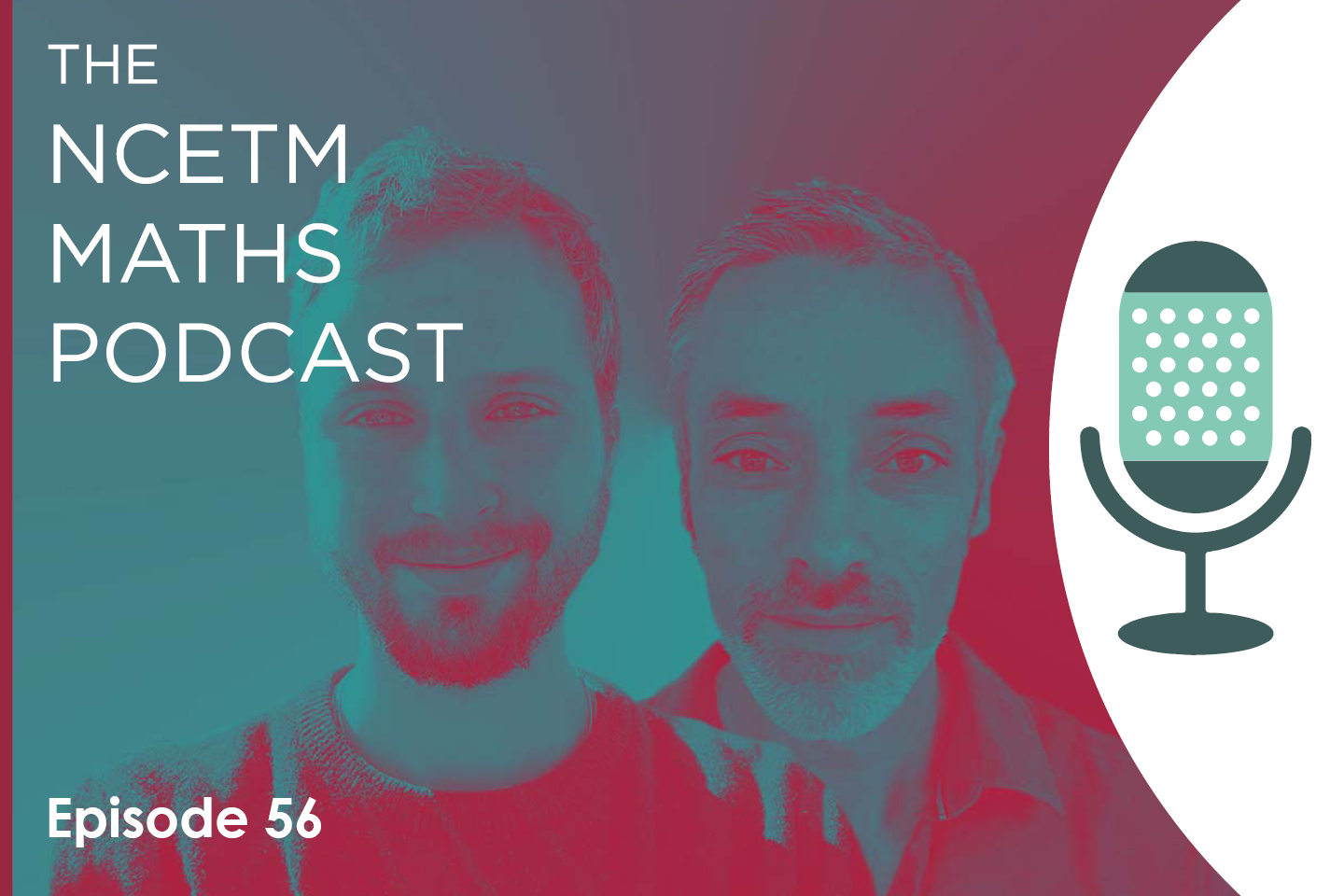The research mathematician and his A level teacher
Douglas Coates talks about his career in maths research and reflects, with his ex-teacher, on learning A level maths
24/01/2022

GCSE maths teachers will recognise the profile of the disengaged 15-year-old that understands maths easily but hasn’t the motivation to put in the work for a really good grade. This student will often drop maths post-16, or if they don’t, you might lose sight of them as they go to college or join another teacher’s A level group.
If you have seen a few of these characters through your doors, you may be encouraged to hear this conversation between Douglas Coates, now a research mathematician at Université Paris Saclay, and his A level teacher, Tom Rainbow. Doug explains how maths came alive for him post-16, and what it was that inspired him. And he poses a great little maths problem (from John Mason) for you and your students to try!
Show notes
Taking part in the discussion are:
- Tom Rainbow, Maths Education Support Specialist with the AMSP (Advanced Maths Support Programme)
- Douglas Coates, Research mathematician, Université Paris Saclay
- Gwen Tresidder, NCETM Communications Manager (introducing the discussion).
Episode chapters
- 00:06 – Introduction and meet Tom
- 03:16 – How Doug came to take A level maths and what he has done since
- 07:23 – How differentiation brought maths alive for Doug
- 10:30 – Doug explains his hatred of memorisation and calculating, but love of thinking, logic and solving problems
- 11:27 – How important is ownership of the mathematical process?
- 11:50 – Can a textbook create the conditions for proper mathematical discussion and thinking?
- 12:30 – Tom muses about providing for students that want something more mechanistic
- 14:19 – Use of technology vs. written techniques
- 15:36 – Tom recounts teaching about a straight line crossing a circle
- 20:29 – Did A level maths prepare Doug well for his degree?
- 24:50 – Doug explains his research area – Ergodic theory
- 27:40 – Doug’s maths problem about a bicycle (originally from John Mason and published in the book ‘Thinking Mathematically’)
Useful links
- Tom tweets as @CoreMathsTom